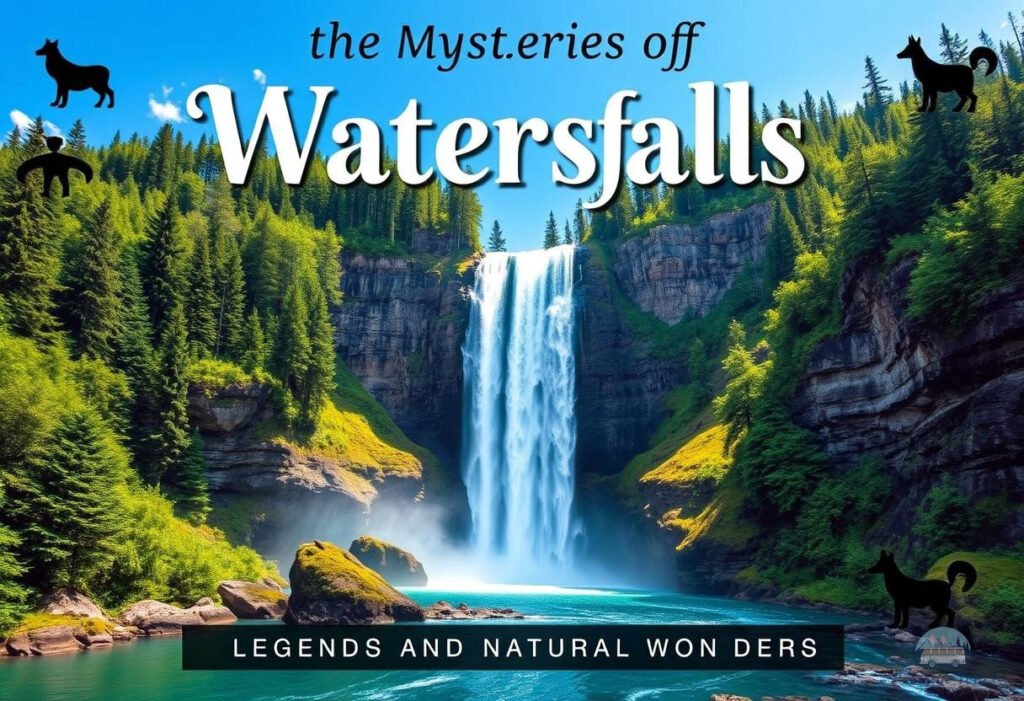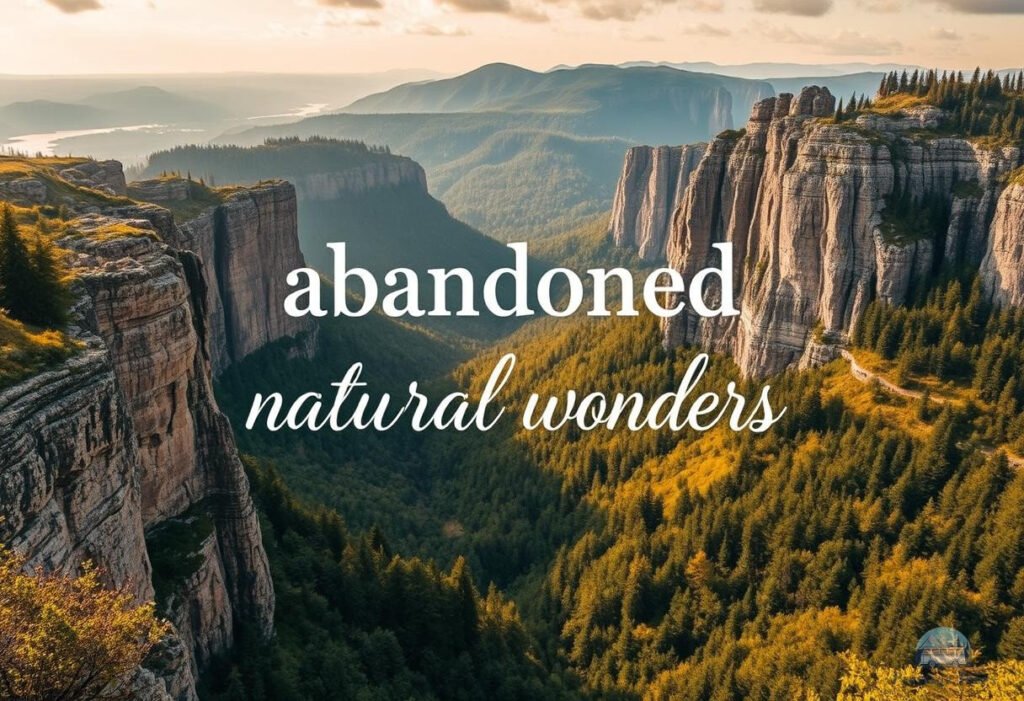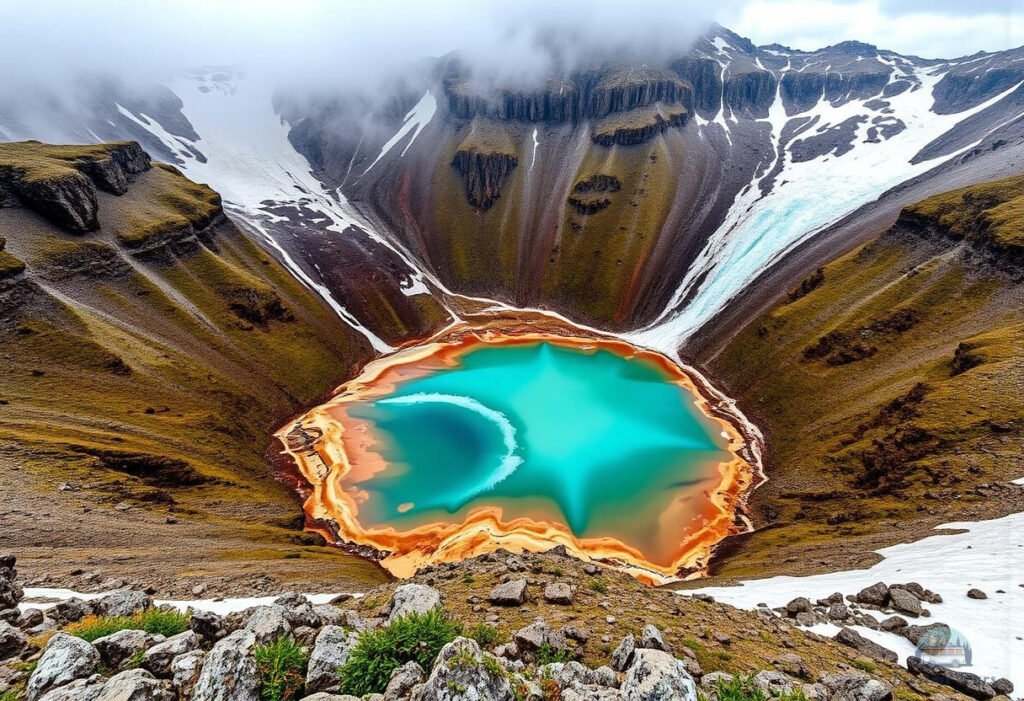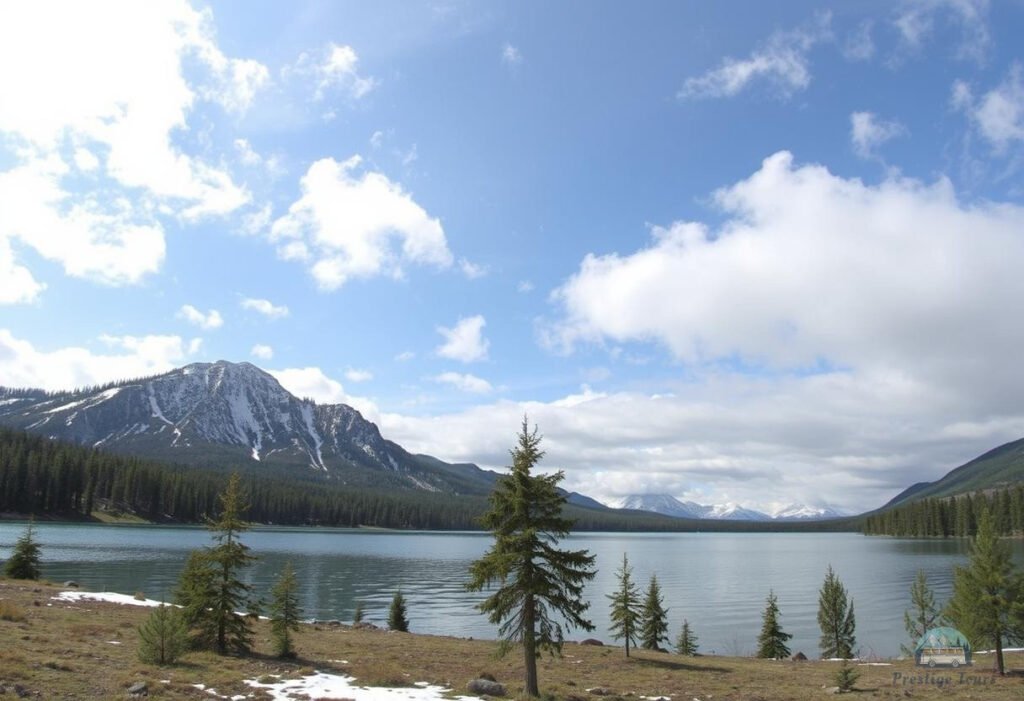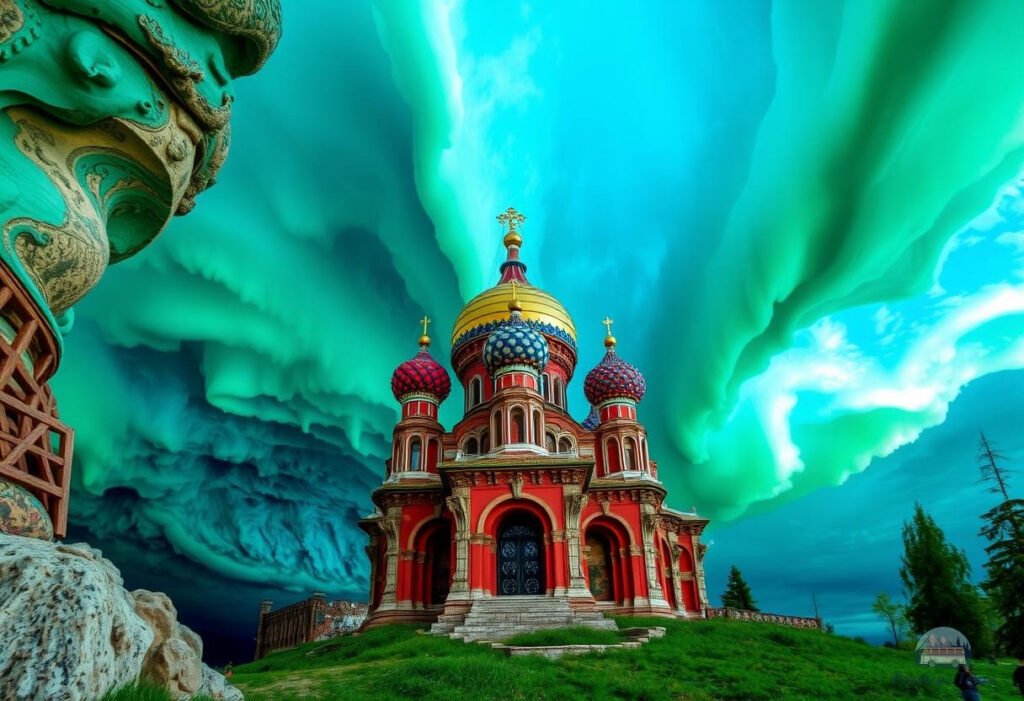Mysterious Rock Formations: Natural Wonders and Their History
Mysterious rocks are not just natural formations, but real wonders that amaze the imagination of travelers and explorers. These unique structures tell about millions of years of Earth history and have special significance for local cultures and folk beliefs. In this article, we will consider what mysterious rocks can be found around the world, their historical context and offer useful tips for tourists who want to visit them.
Natural wonders
Diversity of rock formations
There are different types of mysterious rocks, each of which is unique in its formation and appearance. For example, the following types can be distinguished:
- Rocks of various shapes: steles, columns, monoliths.
- Forms caused by erosion: arches, battlements and spires.
- Geological formations: rocky uranium deserts, plateaus and canyons.
The most famous mysterious rocks are located in different geographical regions, such as:
- Grand Canyon in the USA.
- Rock formations of Atacama in Chile.
- Pema Rock in Tibet.
Natural processes of formation
The formation of the mysterious rocks is due to many geological factors, such as volcanic activity, tectonic movements and erosion. Time also plays a key role in their formation: many rocks were created over millions of years. The constant influence of climate – typhoons, rain and frost – continues to change their structure, creating new, amazing forms.
Historical context
Legends and myths
Mysterious rocks are often surrounded by legends and myths that are passed down from generation to generation. These legends influence local cultures, forming beliefs about their magical and sacred qualities. For example, many peoples associate rocks with historical events or divine legends, making them places of pilgrimage.

Research and Discovery
Many expeditions have been dedicated to the study of mysterious rocks, such as the Himalayas, conducted by famous mountaineers and geologists. Scientific research has provided a wealth of data on the geological structure and age of these formations, and has also revealed some of the secrets of local traditions. Familiarization with them is made possible by the work of scientists and the active participation of the community, which contributes to the growth of interest in the study of nature.
Tips for tourists
Best places to visit
Tourists who want to see the mysterious rocks can consider the following destinations:
- The Grand Canyon in the USA is famous for its majestic shapes and stunning views.
- Chile's Atacama Rocks: Their unique geological formations attract many travelers.
- The northern cliffs of Norway are a great place for hiking and photography.
The infrastructure in these places is usually good, with developed routes and amenities for visitors. Remember to check the conditions before your trip.
Safety and ecology
When visiting the mysterious rocks, it is important to observe safety precautions. It is recommended:
- Use reliable equipment and follow the instructions of local guides.
- Be alert to changing weather conditions as sudden changes can create hazardous conditions.
- Observe environmental standards, do not leave litter and do not damage natural formations.
Environmental protection and conservation are important aspects to keep in mind when traveling.
In conclusion, the mysterious rocks are not only natural wonders, but also important symbols of the cultures and stories they hold. The call to explore and protect these unique formations remains urgent, as each rock tells its own unique story.



